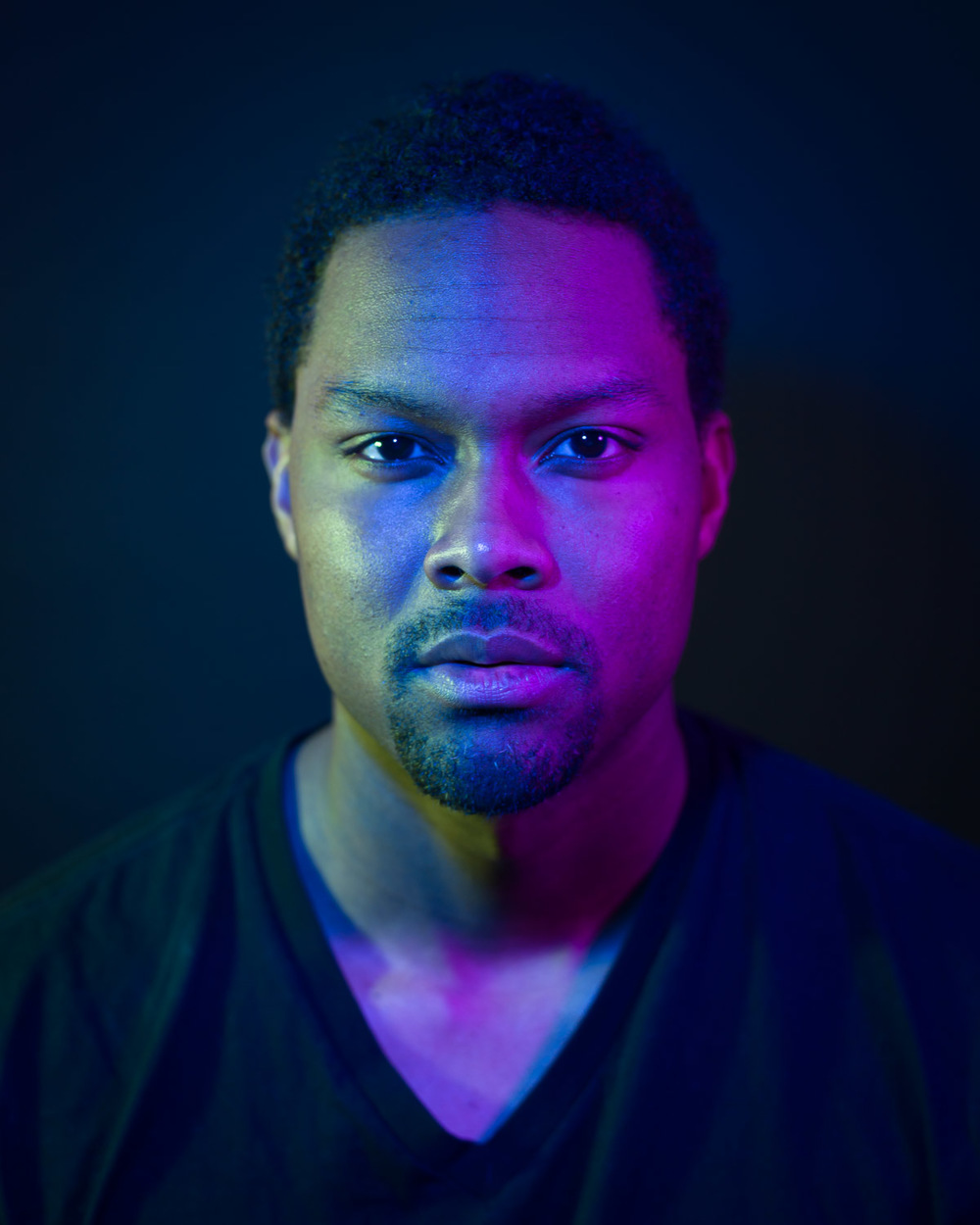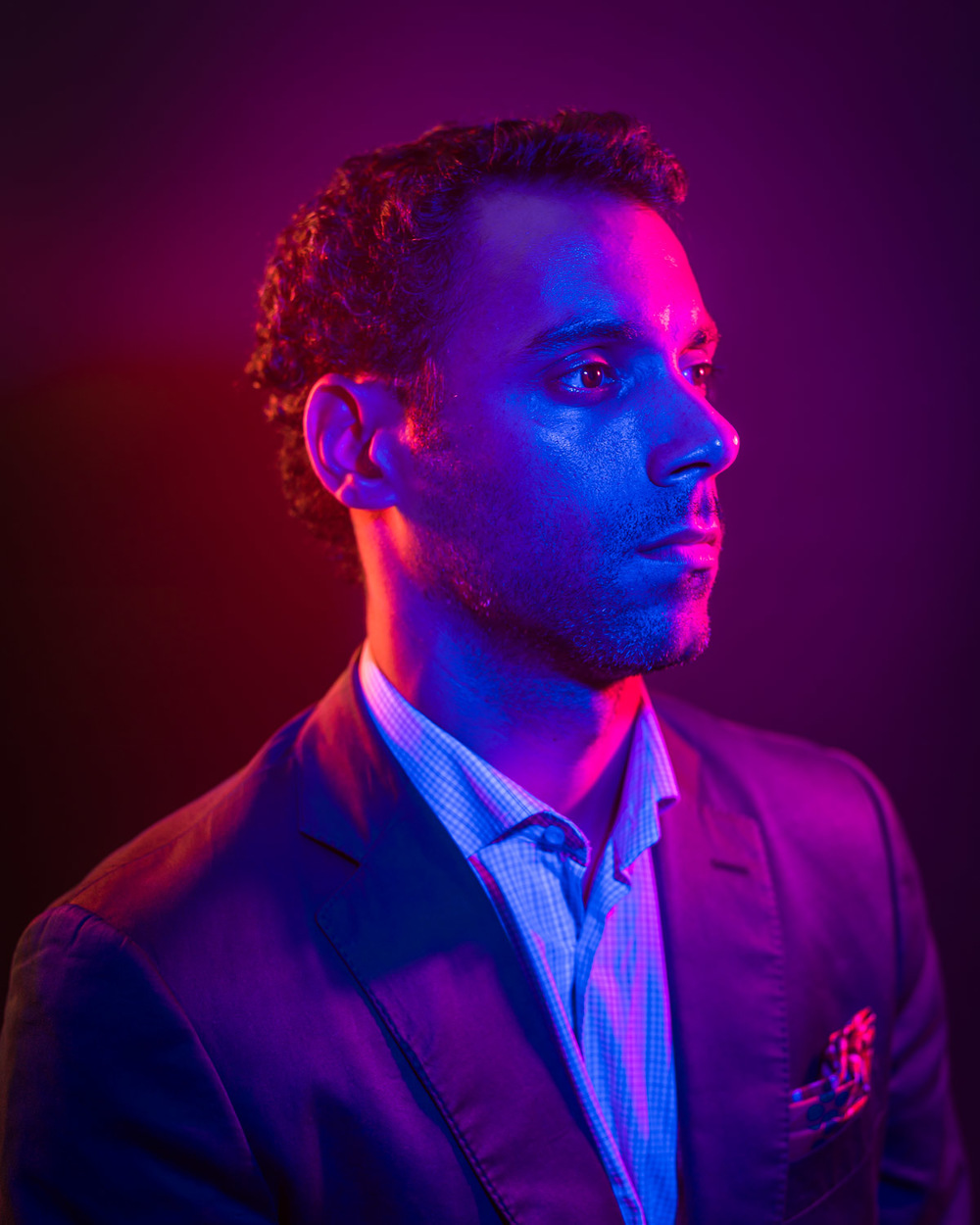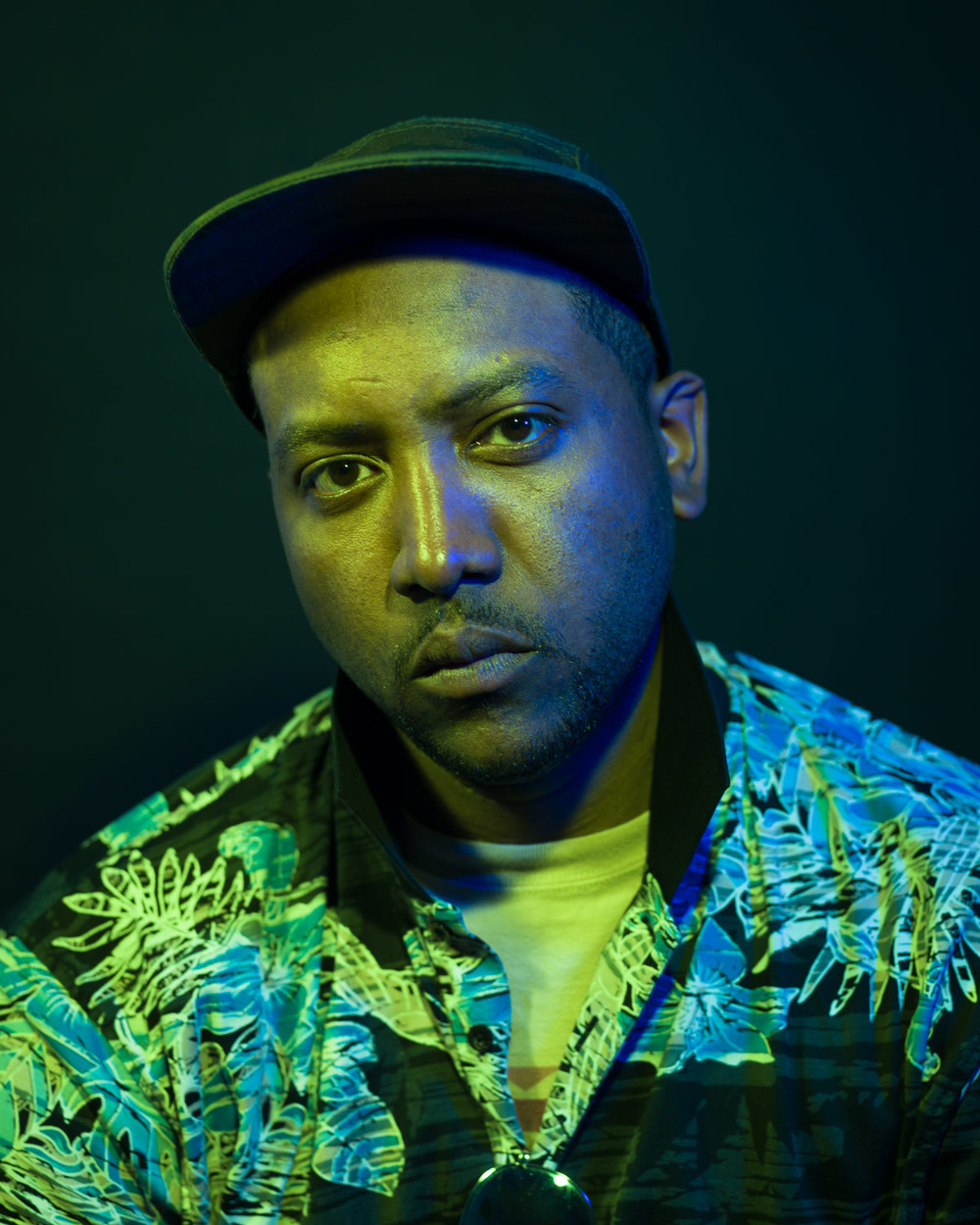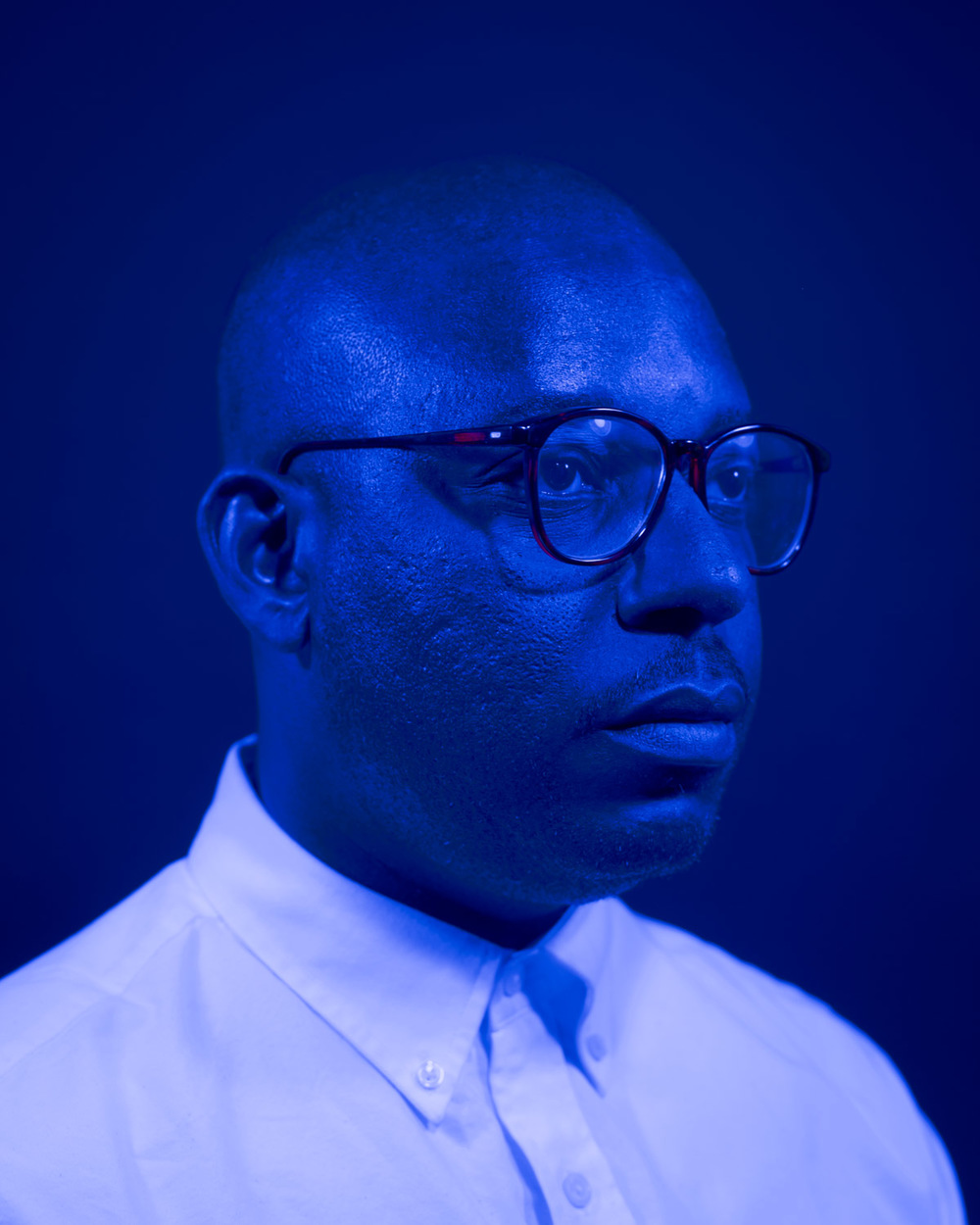Q&A: kris graves
By Hamidah Glasgow | October 22, 2015
Kris Graves is an artist, curator, and publisher currently living and working in New York City. He earned a BFA in Visual Arts from the School of Art + Design at Purchase College in New York in 2004 and has exhibited his work extensively over the past decade.
His series The Testament Project is an exploration and a re-conception of contemporary black American masculinity. Black men in America are portrayed in the extreme- either as very rich or very poor, they are demonized, infantilized, ridiculed, idolized or hyper-sexualized; and within the art canon there is a noticeable scarcity of black male representation. In the colorful Glowan portraits, he gives control of the color and lighting to his subjects, in order to create a space that is participatory and empowered. In the Studio portraits, the subjects are named for their professions to emphasize the depth of their identities, beyond race.
Hamidah Glasgow: Tell me about what lead you to create the current series Testament?
Kris Graves: I was comfortable making landscapes but then realized that I needed to do something more with my artwork. I wanted to involve the public in a different way, more personally. I also hadn't done a large portrait series in a while and was very excited to focus on studio work for a change. So I started thinking about ways to do that.
HG: Was there a moment where you first realized what the series would be about? In other words, did this start in a different way and then morph into what it is now?
KG: For many years, I wanted to make a portrait series of black men and spent a good amount of time thinking of ways that I could make portraits slightly different than what I had ever seen before. I spent about two years making photographs of family and friends in the city and suburbs but never felt satisfied with the results. I then started to make portraits in the studio and found that those were captivating; they lost the context of urban life. I took that one step further after I researched color changing LED bulbs, which would make the portraits far more personal by letting every model choose their own colors.
HG: How do you define agency in photography? Who are your primary sources of inspiration for both artistic and philosophical inspiration?
KG: It’s difficult to photograph what you don't know. All photographs are more meaningful when they are coming from someone who understands the subject, someone who has made an intimate connection with what or who they are shooting. I am inspired by my parents and the stories they have related to me about race. My father was born in 1950s Alabama in a rural town near Montgomery and had a lot of stories to tell about living his early years in the south. My mother's mother was one of the first black students to attend Cornell University. Most people couldn't tell if she was black or white, so she dealt with racism in a different way. And my mother currently works as a saleswoman for a Fortune 500 company and deals with issues of race on a daily basis. These things shaped my early years and I could tell you stories for days. I've always admired the work of Gordon Parks and W. Eugene Smith, two of the masters. They both shaped the way I see the world; it made me see the struggle of it all.
HG: When people don’t understand the concept of what you are doing because of ignorance or another state of mind, how do you attempt to explain the work?
KG: The problems happening in America are so widespread that most people do understand what I am trying to portray. I would probably ask a lot of questions to try and understand where they are coming from. I would probably tell them some story of discrimination that I've personally dealt with. Actually, last month I was with my parents in a supermarket in Westbury, Long Island. Westbury is where I went to grade school, as mixed a town as you could get in Long Island. We were in line and a woman saw us pull up behind her cart in line. She immediately looked at us and grabbed her purse from the front section of her cart. My parents were way more pissed than I was; that happens to them far too often.
HG: The concept of privilege, and specifically white privilege, is a difficult thing to explain and yet it is a fundamental source of problems in the US. I wonder if you even attempt to explain this to people who don’t understand it? Or if you prefer not to bring this up?
KG: It is definitely a huge problem, and I have to live with it everyday. Overwhelming. I've been fortunate enough to have surrounded myself with like-minded folks and live in an urban metropolis so I am usually having that conversation with people that understand the issues. I would love to have the conversation with anybody; I am interested to hear how someone could conclude otherwise.
HG: Changing directions here, is there an image that is your favorite from this series? Why?
KG: Wow, hard question....... I would have to say that my favorite is "The Artist" because it was the first photograph that made me think about what to do next. What I mean by that is... it was the first photograph in the project that I wanted all of my friends and family to see. And the people I showed loved it and I was ecstatic.
HG: What’s next on your plate either in your work or your life?
KG: It's show time! I am getting ready for two solo shows next year and a few group shows. I've been so lucky this year. The next part of the project is to find a way to make photographs of black men in national parks across the states, while still giving my subjects a way to choose what color the lights are. Besides that, I want to photograph an island that will be decimated by climate change in the next 50 years. I want to make a lifelong series, somewhere that I would visit repeatedly over the years. But I have a lovely full-time position, so I'll do what I can on my time off. It has to start somewhere, I think the future is going to be kinda cool.
All images © Kris Graves




